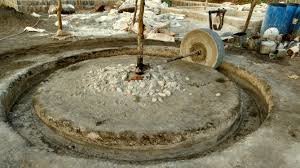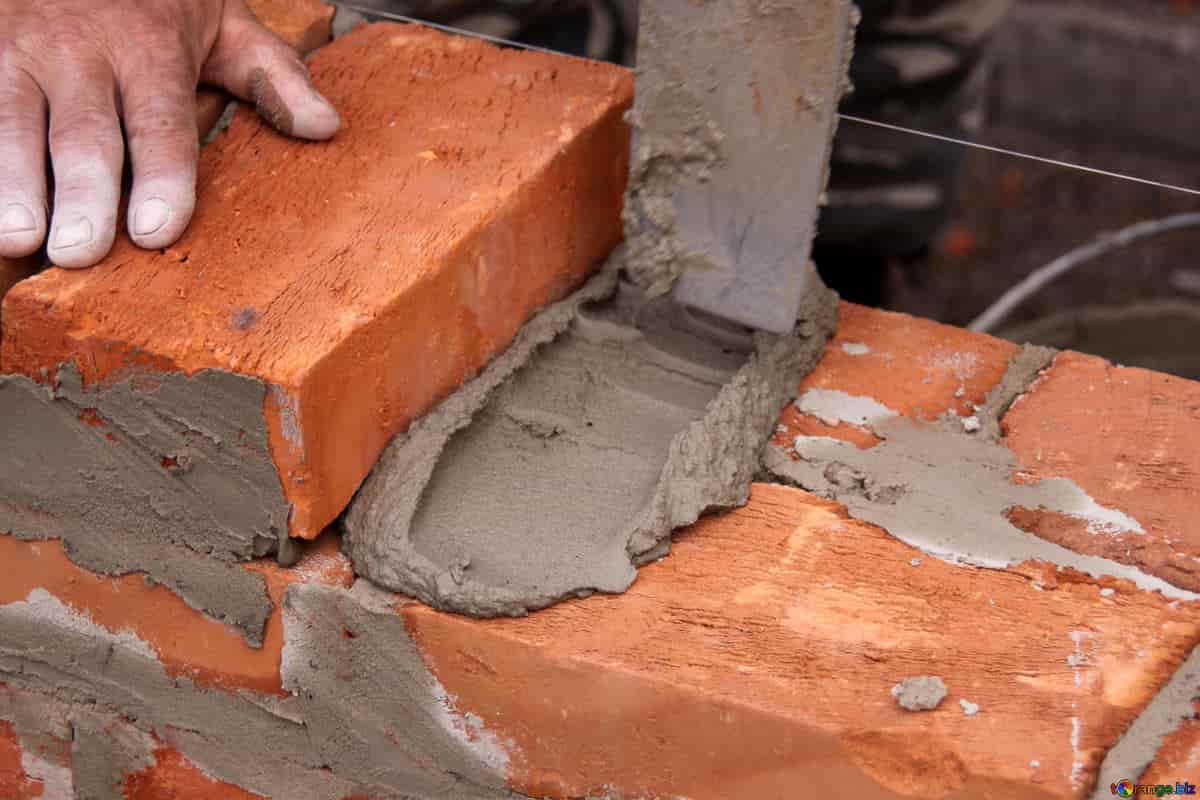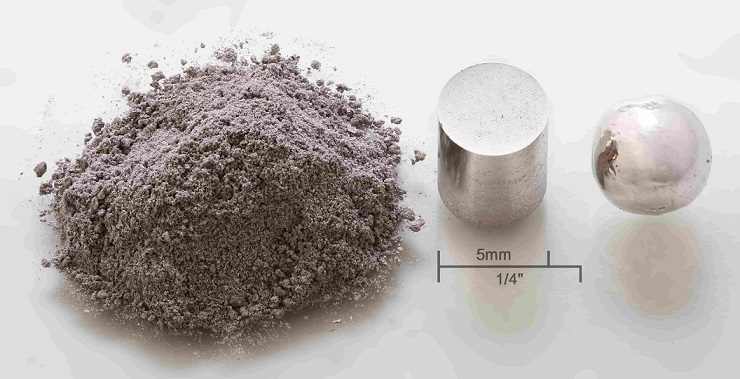The following projects are based on cement. This list shows the latest innovative projects which can be built by students to develop hands-on experience in areas related to/ using cement.

It is known that wastage in India in the construction industry is as high as 30%. This is a large, yet relatively simple and straightforward challenge needs to be tackled by engineers. These wastages are activities that absorb man hours, resources and materials but create no value. In this project, you will use those waste materials to make something productive by making a concrete using recycled aggregate and fly ash. After making concrete you will compare the compressive as well as flexural strength characteristics of the concrete made through NMA and TSMA.

Lime has been used as binding materials since ages because it offers greater durability and less strength while being compared with cement. Hydrated lime is soft, flexible and has the ability to move without cracks. Natural Admixtures are used to increase the strength of lime at an earlier time and this reduces the emission of carbon dioxide on the environment produced by the cement.

Papercrete is a composite type of material which has been discovered recently but was an old concept. Papercrete consists of cement, sand, clay, paper pulp, and water.

Concrete technology has undergone a rapid improvement in the last two decades and internal curing of concrete has gained popularity and is progressing steadily from the laboratory to field. Water consumption has also been an issue and the scarcity of water is increasing exponentially too.

In recent years, there has been a great interest in improving the properties of concrete by involving various puzzolanic materials in the concrete mix.
Want to develop practical skills on latest technologies? Checkout our latest projects and start learning for free

Reinforced brick masonry (RBM) is completely different from the normal methods of brickworks. The main difference is the concept of grouting the brick masonry.

One way or another, concrete structures always contributing pollutants for environmental pollutions. In heavy rainfall areas, the concrete pavements becoming a major source for water pollution.

The use of composite materials is a new trend in the construction sector. There are many reasons for this new adaption in the construction industry.

Concrete is a foremost important material in the construction industry due to its vast applications. With the recent development in concrete technology, new and advanced types of concrete making methodologies are emerging.

The roofing system construction plays a vital role in both cost and aesthetic appearance factors. There is a greater shortage of roofing materials in developed countries.

The use of building materials has been changing every year. Materials like molded earth brick stones, Timber, Steel, Aluminium, PVC which are less in cost and locally available have replaced the traditional and high-cost materials. However, all these materials have been developed to meet specific requirements of climate, availability of skilled labour and specific raw materials to affect the desired economy.

The requirements of construction materials are increasing day by day due to the continued infrastructural growth. Because of this large quantity of waste is also generated every year. Waste generated from the aluminium industries like aluminium hydroxide and many more wastes are generated from the industries while processing the raw materials.

The Rapid increase in urbanisation and industrialisation lead to the construction of huge buildings and factories. So, the usage of concrete is also increased. As concrete is made of the limestone which is a natural resource, it is exhausted by extreme usage.

The development in concrete is growing and various types of concrete are developed day by day. There are many mixtures of concrete.

There are many different types of concrete in the world. Each of the them are having added advantages and disadvantages when compared to each other.
For example, if concrete is made from the sulphate-resisting cement then it is good in resisting concrete from sulphate attacks but will not be good in strength as compared normal or traditional concrete.
Different concretes are been developed in the world for different purposes. Some of them are used under water some of them for rapid hardening, some of them in Ready mix concrete etc… one of them is this reactive concrete. This was first developed by P.Richard and in the early 1990’s. this RPC is prepared by replacing the ordinary concrete with quartz powder, silica fume. It has very high strength and also ductility. The compressive strength may vary from 250-810 Mpa.
Reactive concrete will have very fine powders such as sand, quartz, steel fibres, super plasticizer and cement. The quantities used are generally as follows: OPC – 1000, Water -18, Fine sand – 500, Silica Fume – 230, Quartz powder -390, Super plasticizer – 18, Steel fibers – 630 all the weights are in kg per cubic metre. And this mix give approximate strength of 800Mpa.
Requirements:
Knowledge of concrete technology.
Knowledge of Mix Design.
Cement
Sand
Quartz Powder
Silica Fume
Steel Fibers
Super Plasticizers
Test apparatus for the concrete (concrete lab can be used)
Project Implementation:
Software Requirements:
Advantages:
Disadvantages:
Conclusion:
This project is still in development stage and do more improvisation by adding or removing the materials used in it. If you want to make something new or learn something new regarding the concrete technology then you can do this project and experience it yourself.

Concrete is being used since very old times. It is used since roman age for the development, housing and infrastructure. But the materials used in the concrete is been not changed. Concrete is majorly made of the three components, cement which is a very fine powder and acts as binder, fine aggregate, which comprises of small and fine sand particles, Coarse aggregate, which comprises of large to medium pieces of the stone or gravel.

You can build this project at home. You can build the project using online tutorials developed by experts. 1-1 support in case of any doubts. 100% output guaranteed. Get certificate on completing.
You can build this project at home. You can build the project using online tutorials developed by experts. 1-1 support in case of any doubts. 100% output guaranteed. Get certificate on completing.
You can build this project at home. You can build the project using online tutorials developed by experts. 1-1 support in case of any doubts. 100% output guaranteed. Get certificate on completing.
Want to develop practical skills on latest technologies? Checkout our latest projects and start learning for free
Join 250,000+ students from 36+ countries & develop practical skills by building projects
Get kits shipped in 24 hours. Build using online tutorials.
Stay up-to-date and build projects on latest technologies